
1824, November
While construction is underway on the Rotunda, Jefferson and Madison hold an event there for the Marquis de Lafayette.

1857-1858
UVA’s first infirmary (now named Varsity Hall), are under construction near East Lawn. The infirmary, built at a cost of $7,500, is the first built for this specific purpose on a U.S. campus.

1877
When it opens, the Lewis Brooks Museum of Natural Science is one of the first natural history museums in the U.S. By the late 1940s the building is used as classroom and faculty office space. Today it is home to UVA’s anthropology department.
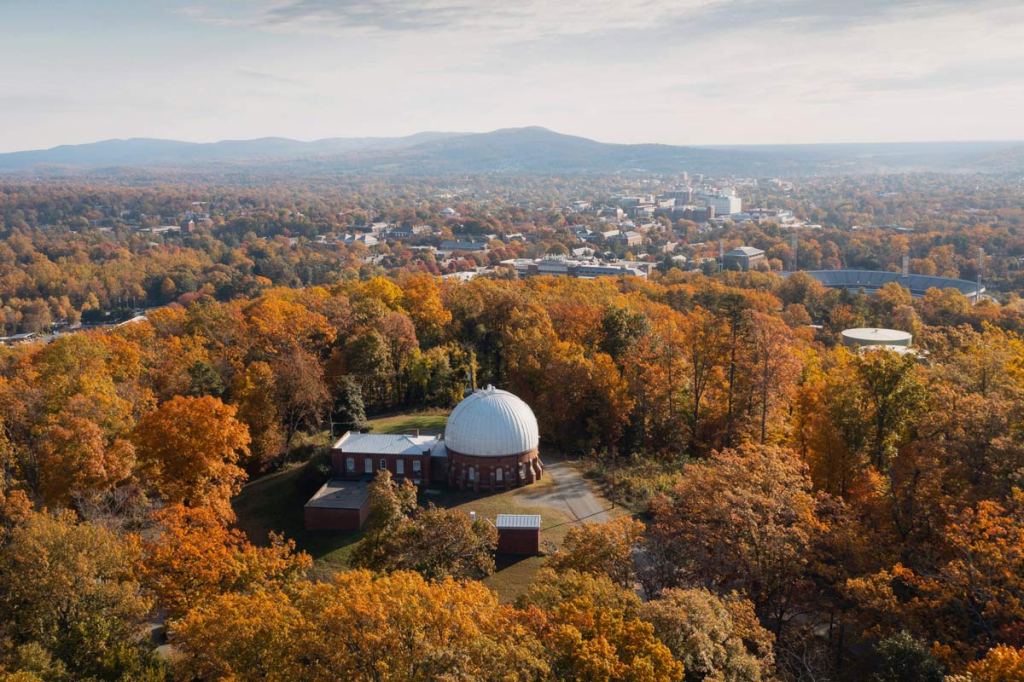
1884
The Leander McCormick Observatory, then the second-largest telescope in the world and built for $64,000, is dedicated in 1885 on Thomas Jefferson’s birthday, April 13, a few months after it was completed.
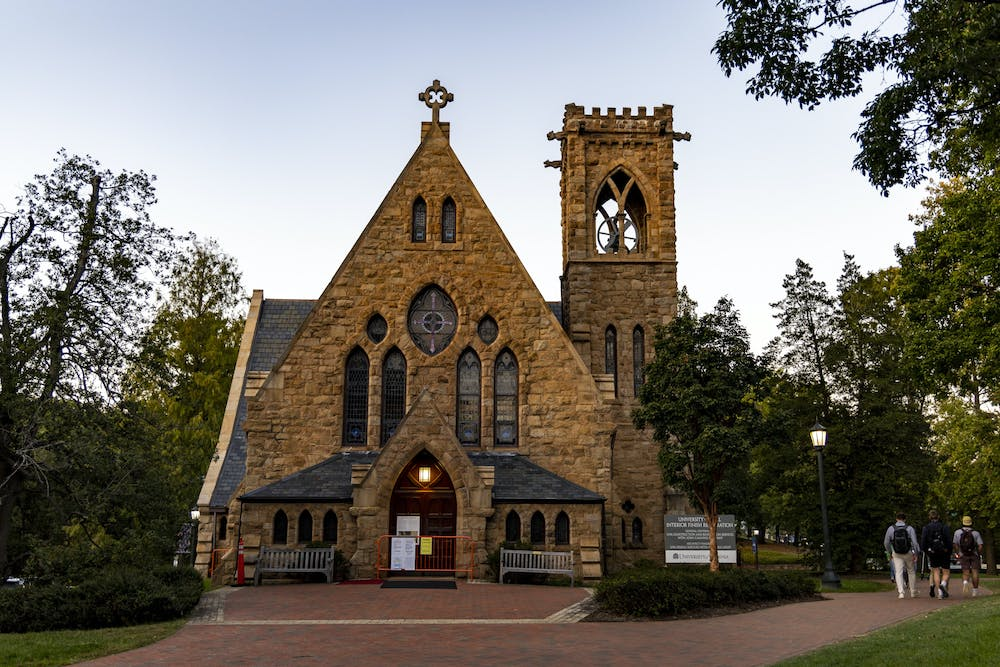
1890
With funding from the local YMCA and Ladies Chapel Aid Society, the University
Chapel opens. In 1897 the Drama Club donates a 1,200-pound bronze bell.

1893
UVA builds its 2nd gymnasium – an the oldest one standing today – Fayerweather Hall. It’s located next to Madison Bowl, which opened not long before it and was operated by a local YMCA chapter, the U.S.’ 1st university chapter. When Memorial Gymnasium opens in 1924, Fayerweather becomes home to the School of Architecture. The building is now home to UVA’s art department.
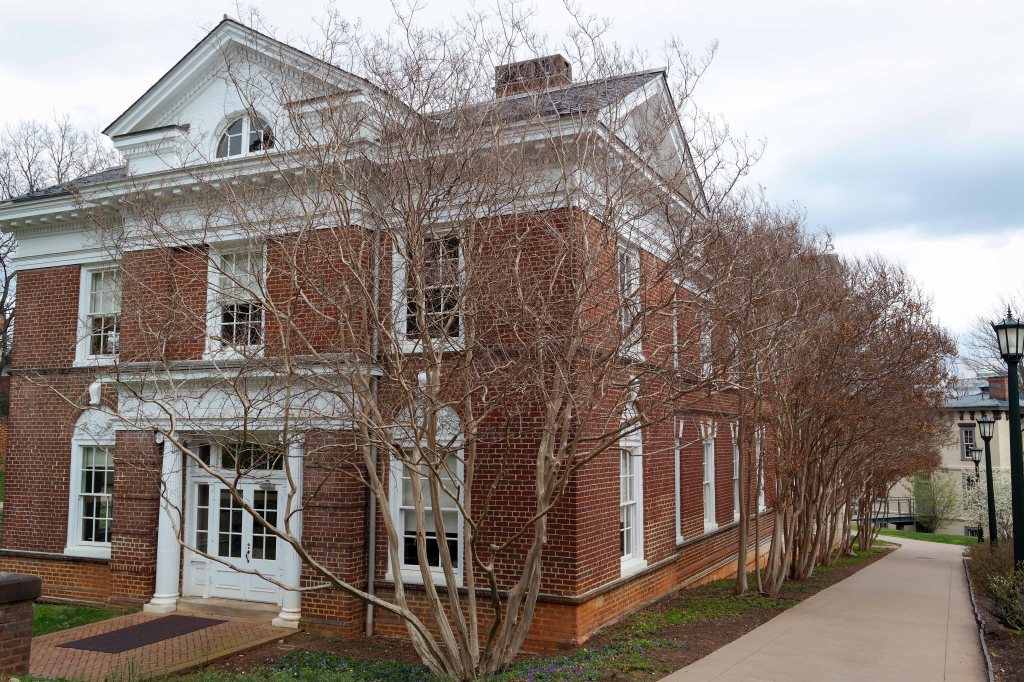
1899
The “first modern residential hall” at UVA, Randall Hall, designed by Library of Congress architect Paul Pelz, opens with 43 rooms. It’s now home primarily to UVA’s sociology department.
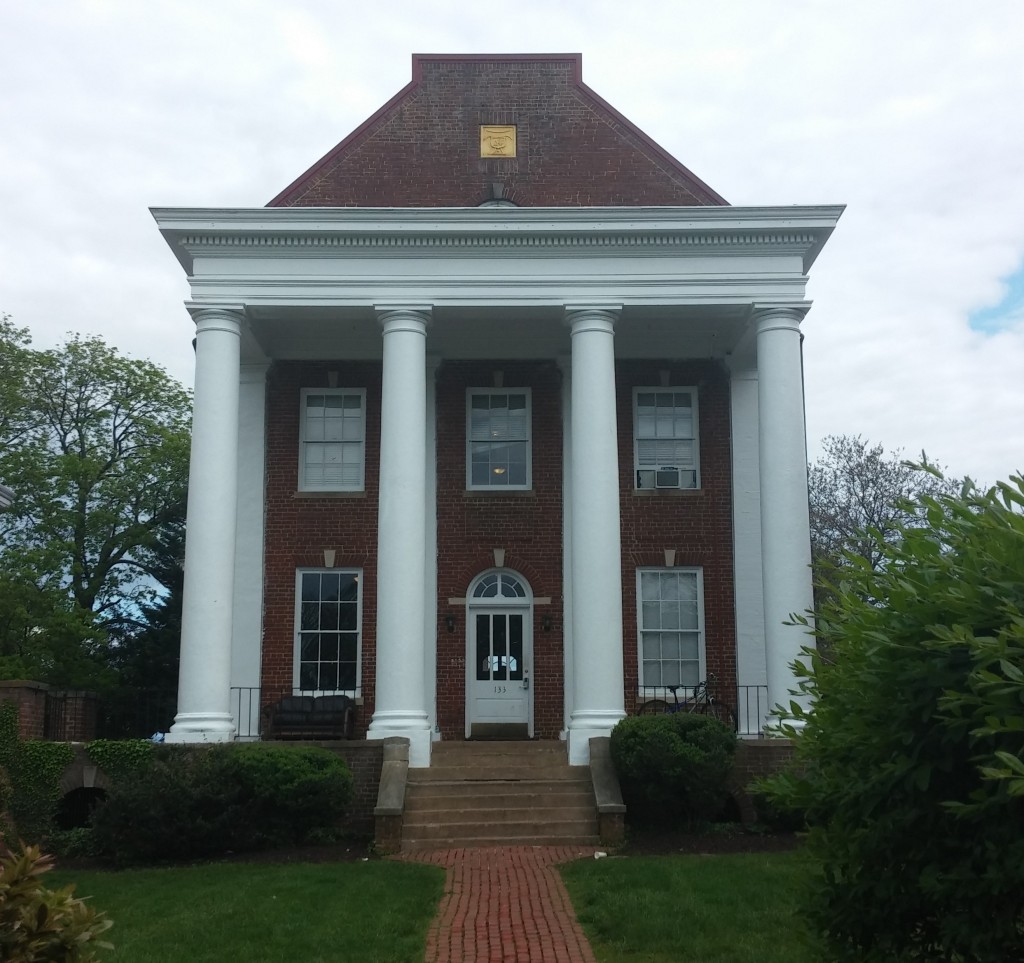
1902
Saint Anthony Hall’s chapter house opens on Chancellor Street. It’s the first residential house built as a fraternity at UVA. More houses are to follow in the Rugby Road area, primarily in the 1910s and 1920s.

1908
After a years-long lobbying effort by UVA’s 1st president, Edwin Alderman, to build a dining hall to boost fellowship opportunities on Grounds, Garrett Hall opens to serve both students and faculty. First called the Refectory and then The Commons, the building replaces a mess hall on Carr’s Hill. It’s now home to UVA’s Batten School.
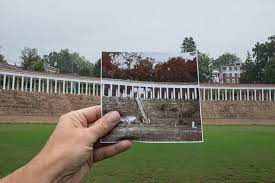
1913
The Lambeth Colonnades, an 8,000-seat stadium, opens for its first season, replacing the field’s wooden grandstand.
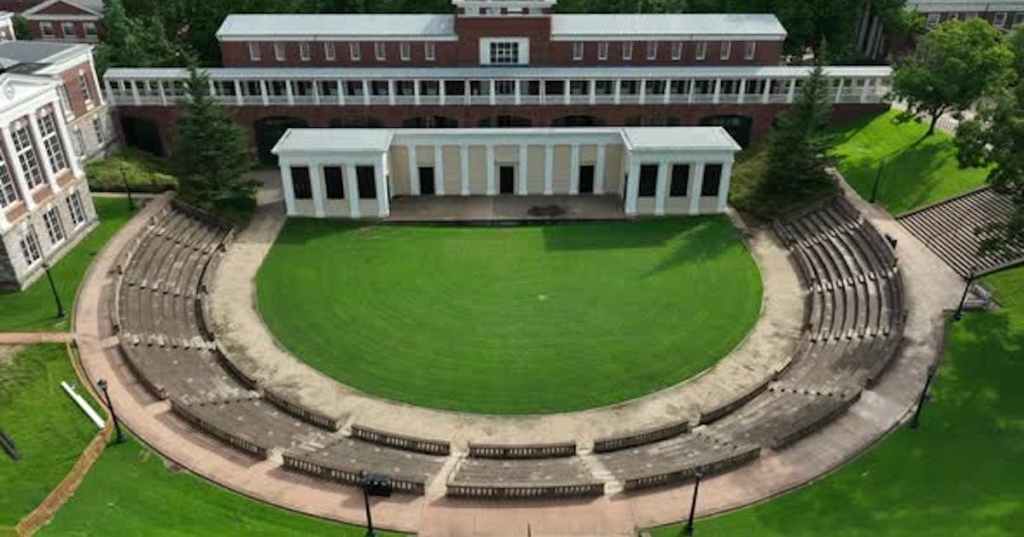
1921
McIntire Amphitheatre, which costs $85,000 to build, opens and marks the University’s 1919 centennial a couple of years late, postponed by World War I. U.S. President Woodrow Wilson (Law 1880) attends. In 1967 the amphitheater’s grassy lawn is paved for a parking lot but is returned to grass less than a decade later. A gravel walkway that provides a border between the seats and the amphitheater’s lawn, part of the original design, returns in 2010.

1931
Scott Stadium, among the oldest college football stadiums in the U.S., opens and is dedicated during the Oct. 15, 1931, game against Virginia Military Institute. It replaces Lambeth Field. Once designed for 22,000, it can now hold more than 60,000.

